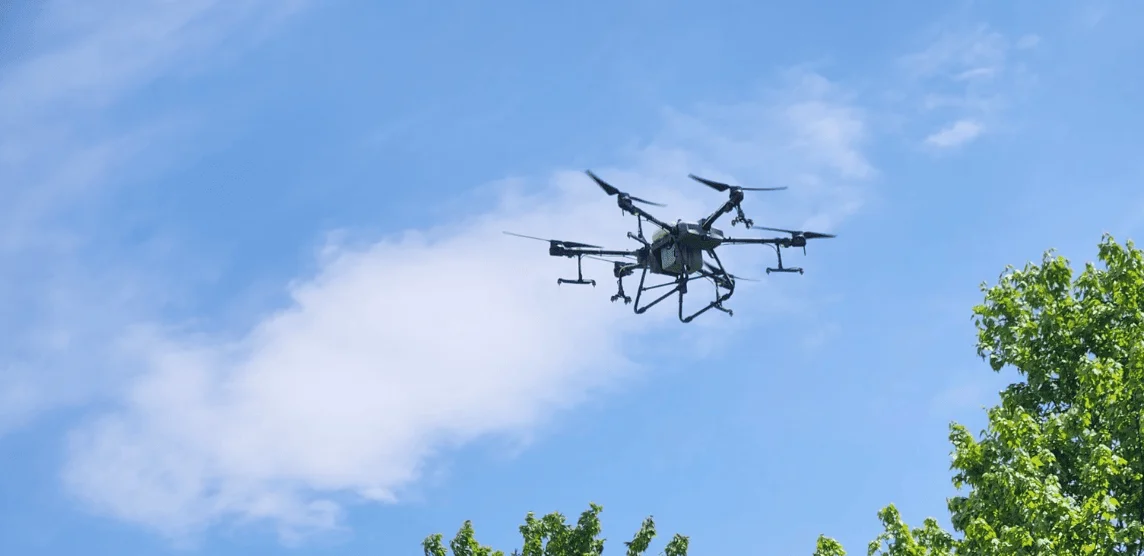
Our Services /
Invasive Insects
Understanding the Threat
Spongy Moth is one of the most destructive pests of hardwood trees in the Eastern US. It is listed as one of the top 100 most destructive invasive species in the world. During outbreak years, nearly all broadleaf trees may be completely defoliated, caterpillars appear everywhere, and “frass” (caterpillar droppings) appear to rain from the trees. Adult spongy moths are only seen in mid-summer when temperatures are above freezing. This species is known to infest trees in woodland or suburban areas.
Areas in Northern Adirondacks, Central and Finger Lakes Region in New York have experienced heavy defoliation the past two years. When populations are high there are an estimated one million caterpillars per acre in NYS forests.
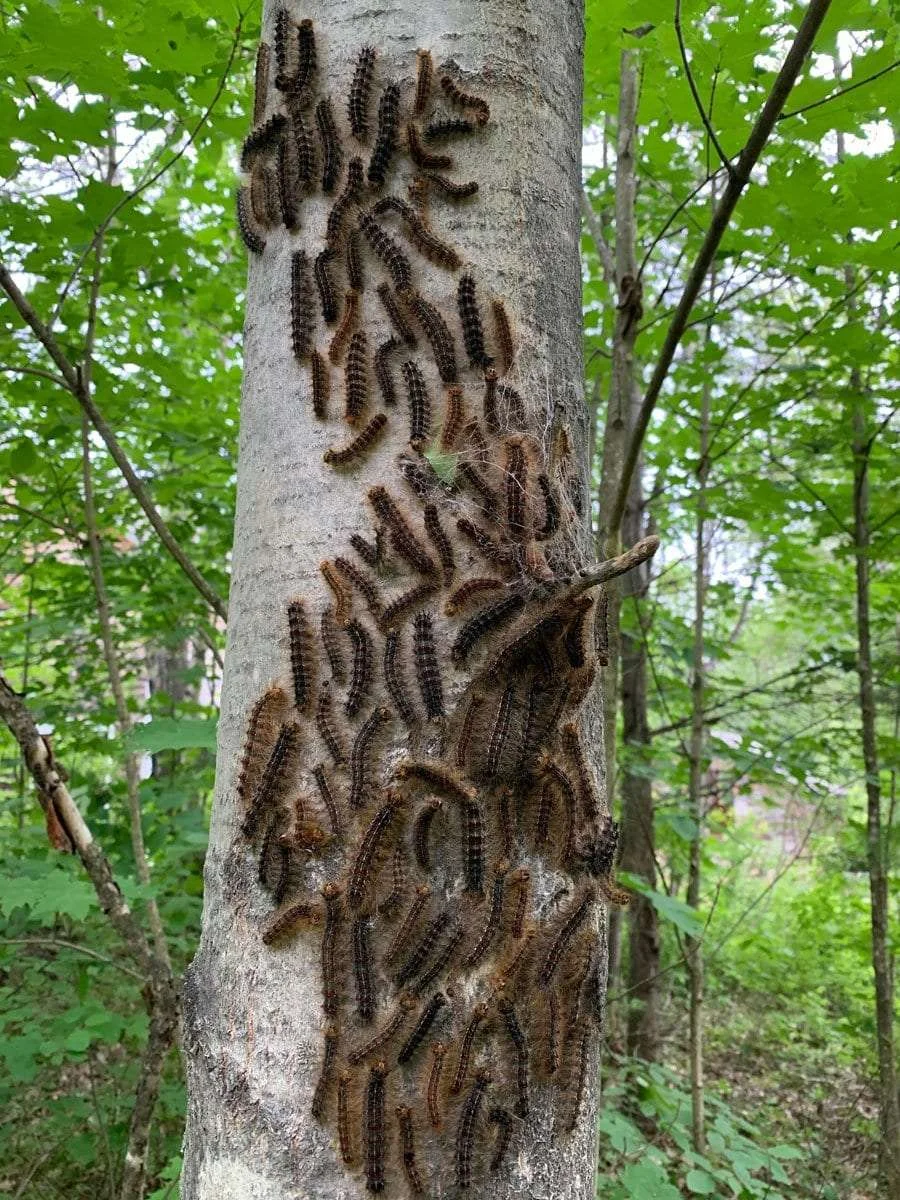
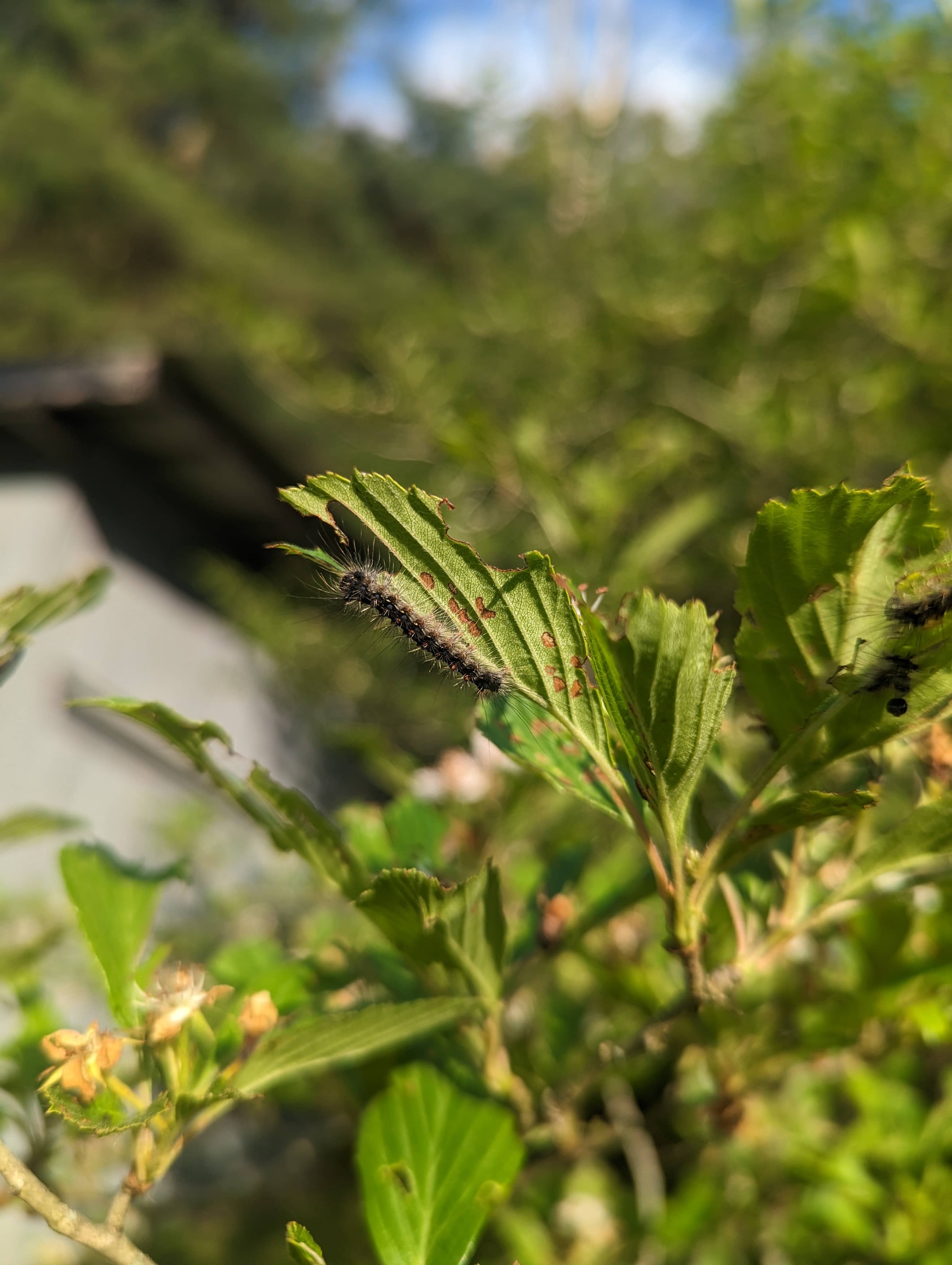
Combating Spongy (Gypsy) Moth
Foray 48B was specifically developed to protect forests from harmful defoliation caused by destructive caterpillar pests. Btk is a unique, naturally occurring bacterium that affects only caterpillars and, because of the unique chemistry of the caterpillar's gut, Foray 48B Btk is highly selective in its activity. It has minimal environmental impact, and it will not harm other types of insects, fish, birds or mammals.
Foray 48B has been certified for use in Certified Organic Production under the National Organic Program (NOP) and it is also listed by the Organic Materials Review Institute (OMRI).
Hemlock Woolly Adelgid
The Hemlock Woolly Adelgid poses a severe threat to hemlock trees, an important component of forest ecosystems. These invasive insects feed on the sap of hemlock trees, causing extensive damage and eventual death if left unchecked. Their ability to reproduce rapidly and their resilience in harsh conditions make them highly destructive. Swift action is crucial to combat this invasive species and protect our valuable hemlock forests.
Utilizing cutting-edge drone technology, we tackle the hemlock woolly adelgid infestation with precision and efficiency, safeguarding hemlock trees and restoring ecological balance.
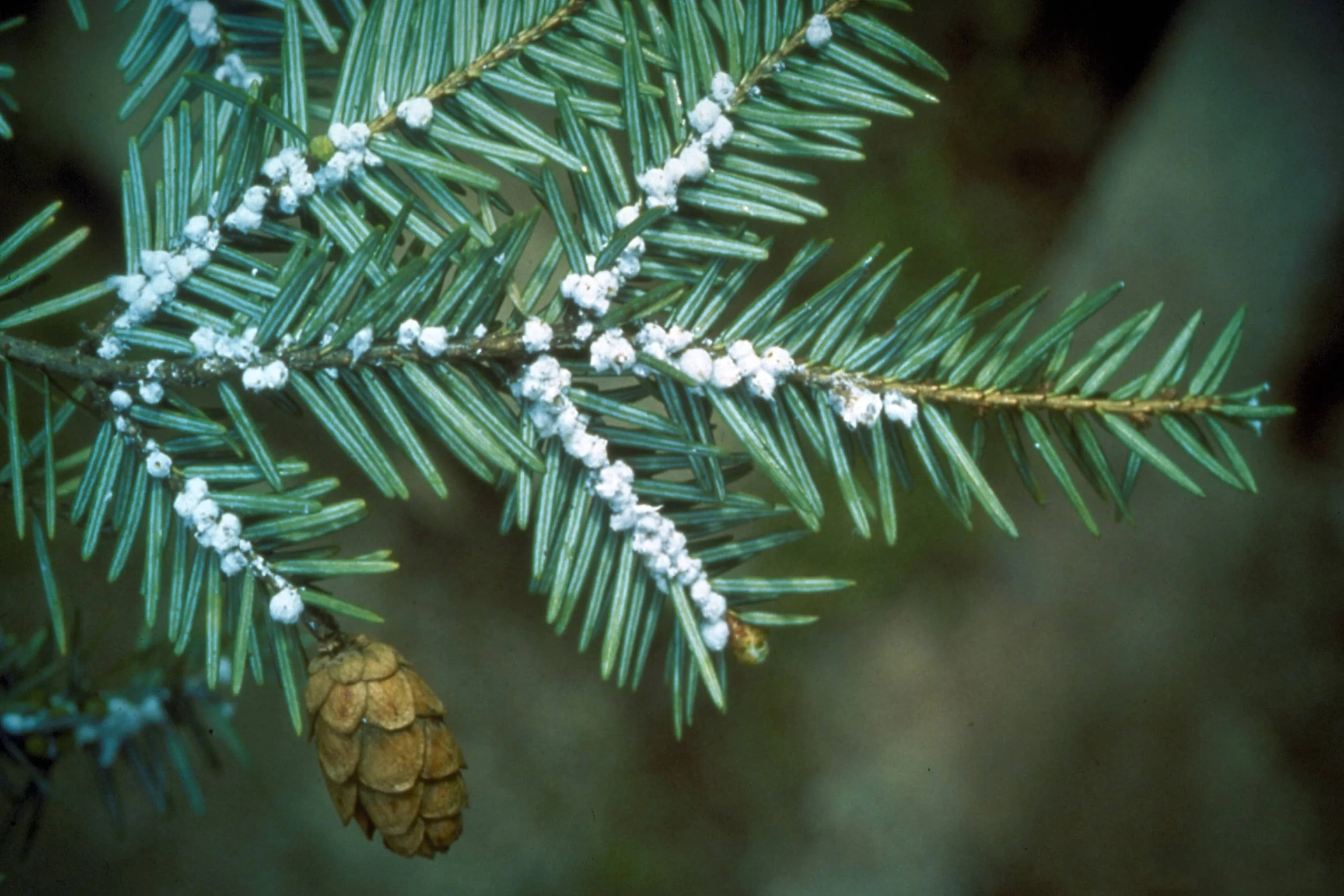
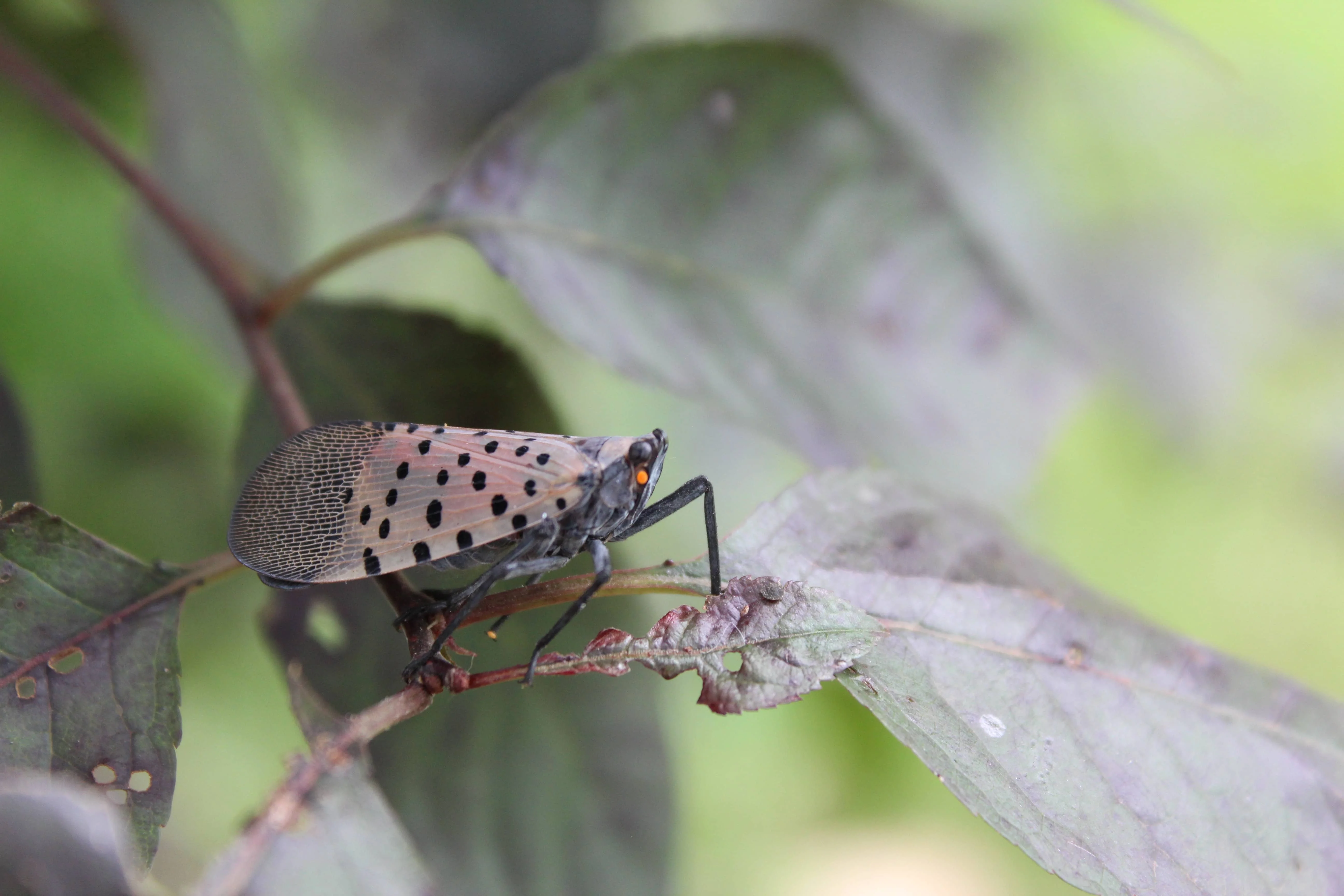
Safeguarding Against Spotted Lanternfly
The spotted lanternfly presents another significant threat to various industries and ecosystems, particularly in affected regions. These invasive insects feed on a wide range of plants, including economically important crops and valuable trees. Their rapid reproduction, ability to spread over large distances, and destructive feeding habits make them a formidable pest, requiring immediate action to prevent widespread damage and preserve the ecological balance.
We tackle this threat with our precise drone-powered pesticides, designed in minimizing the spread of lanternfly across New York State and the rest of the Northeast.
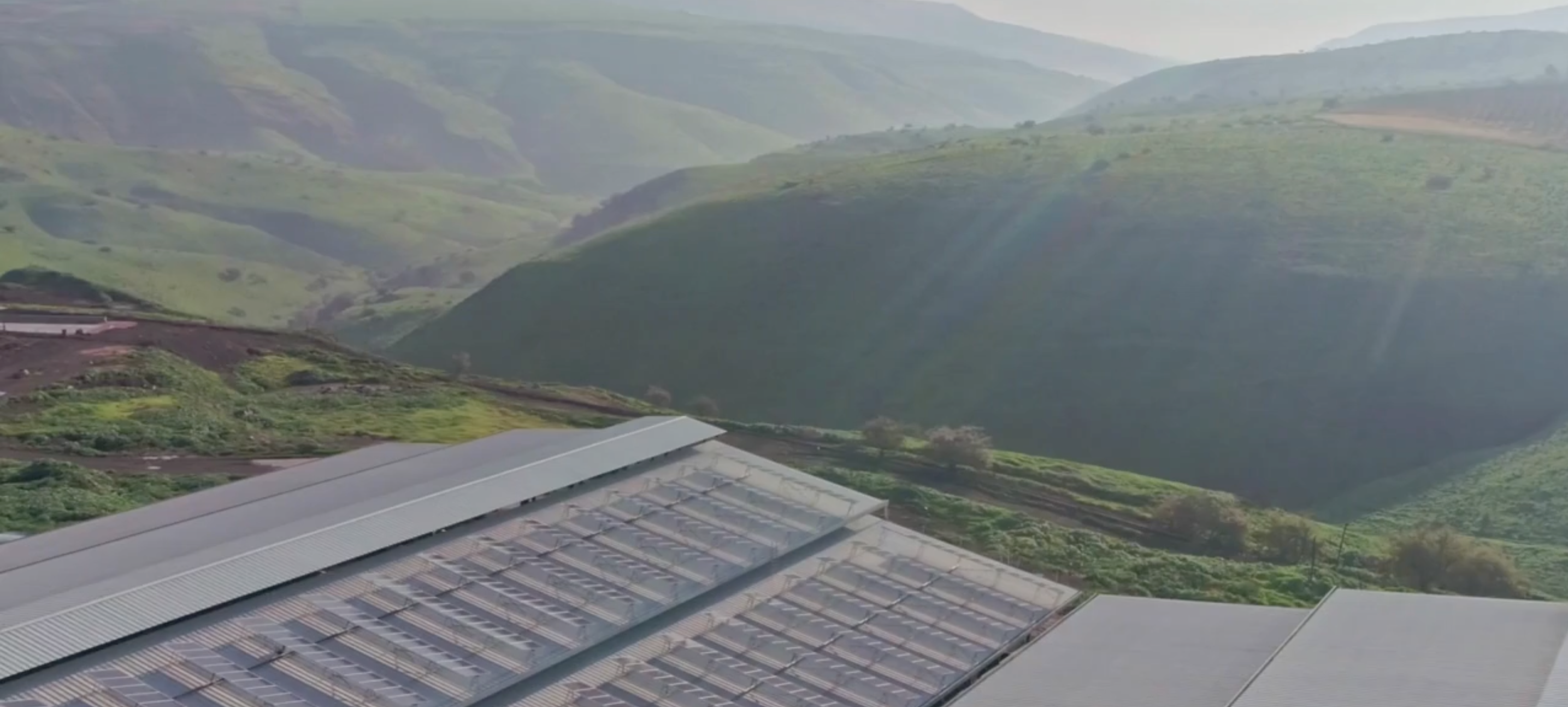
Don't Wait!
We have to order the insecticide in advance, limited supplies available. Contact us now to schedule our services.